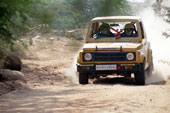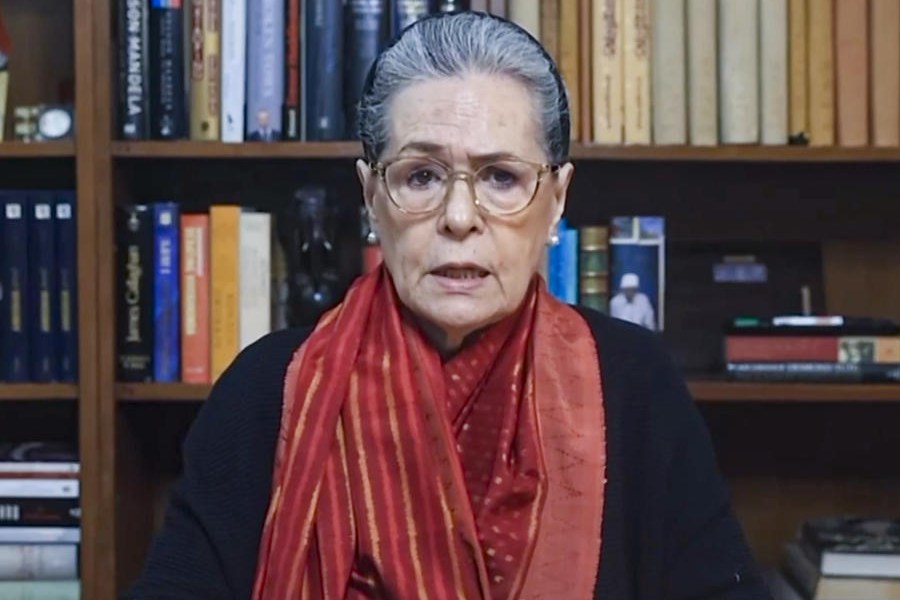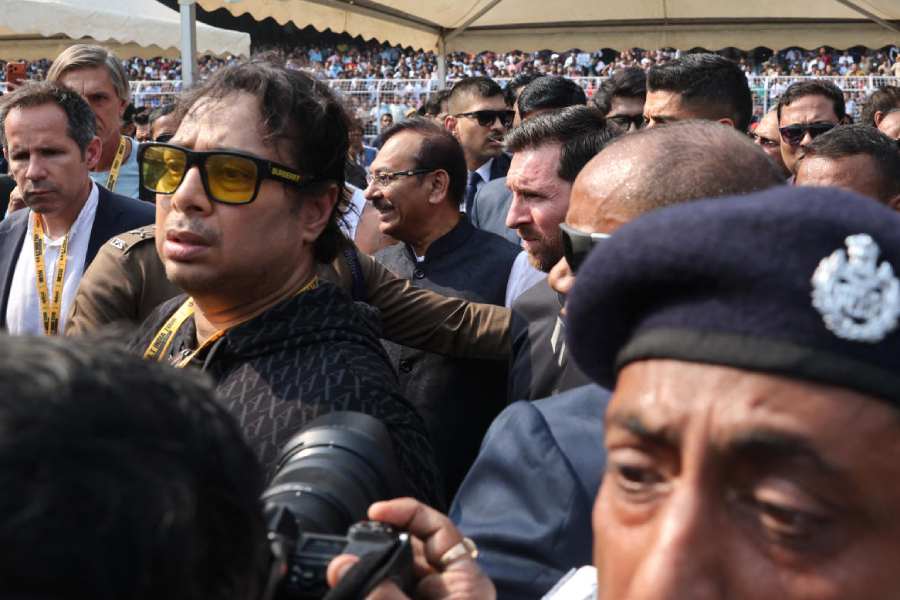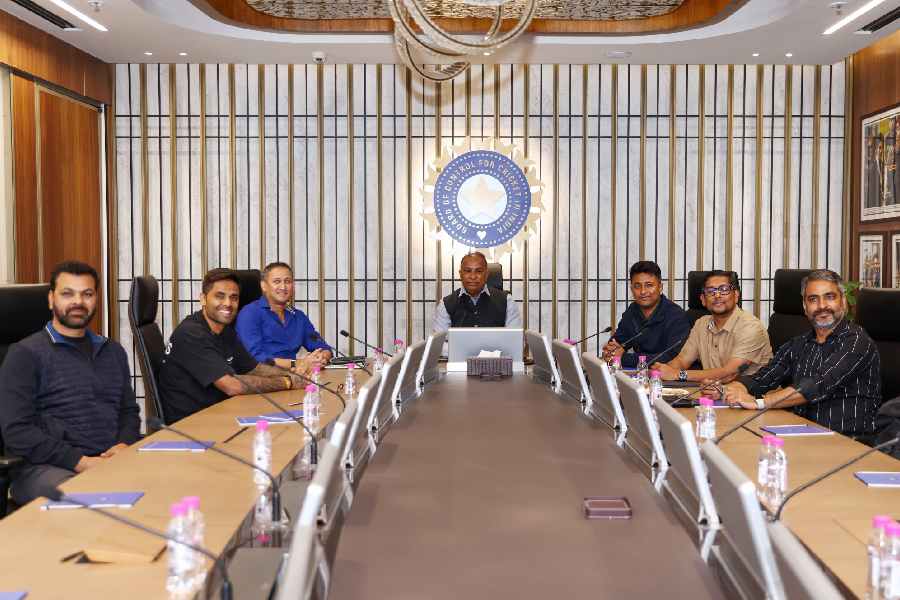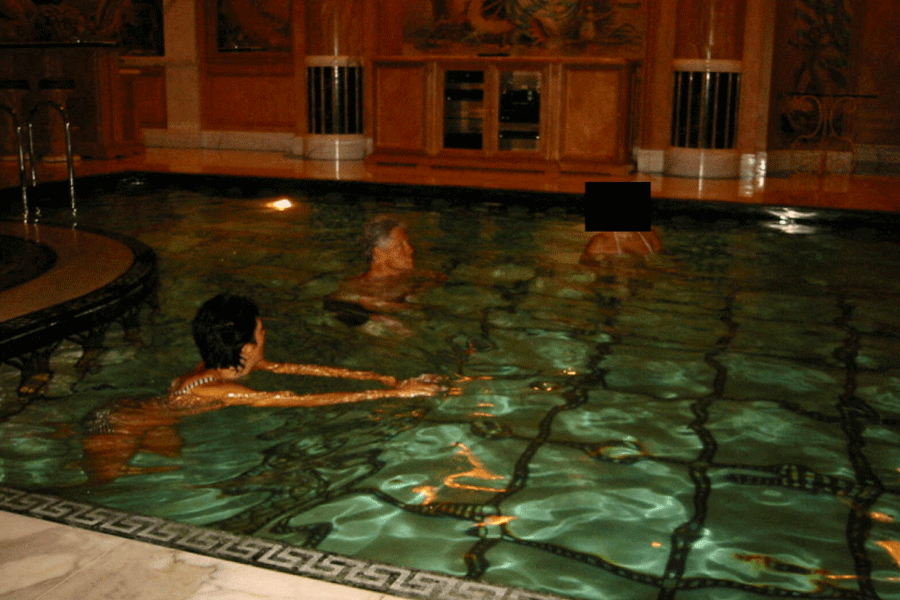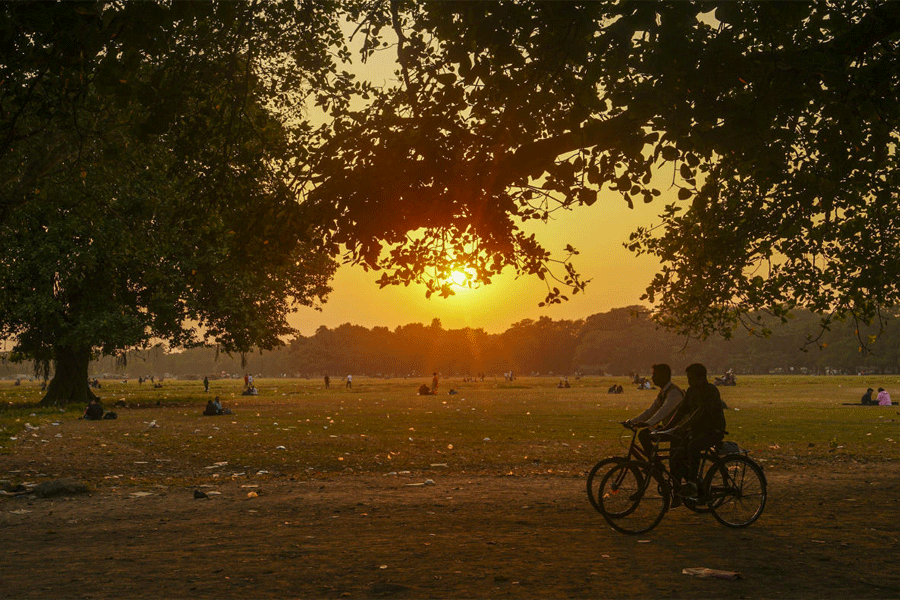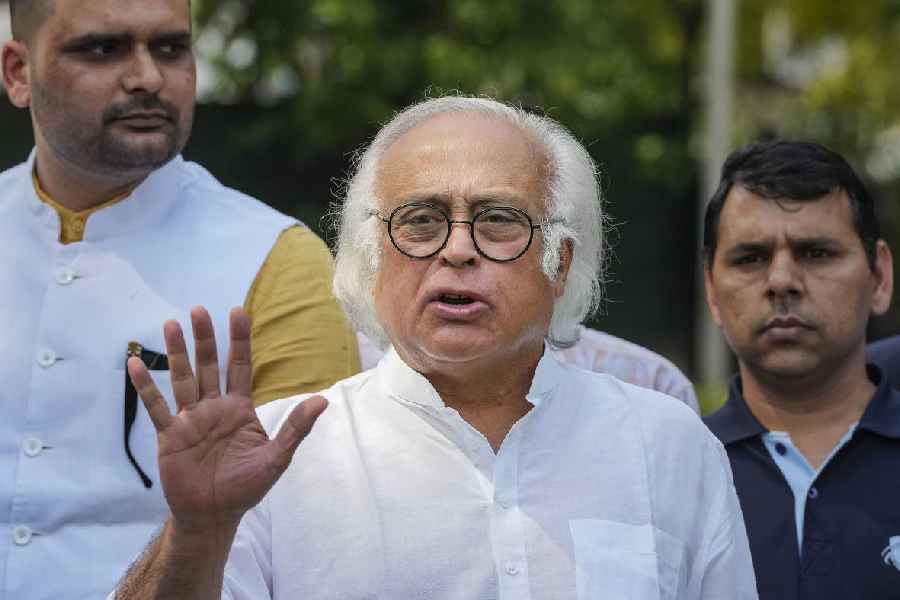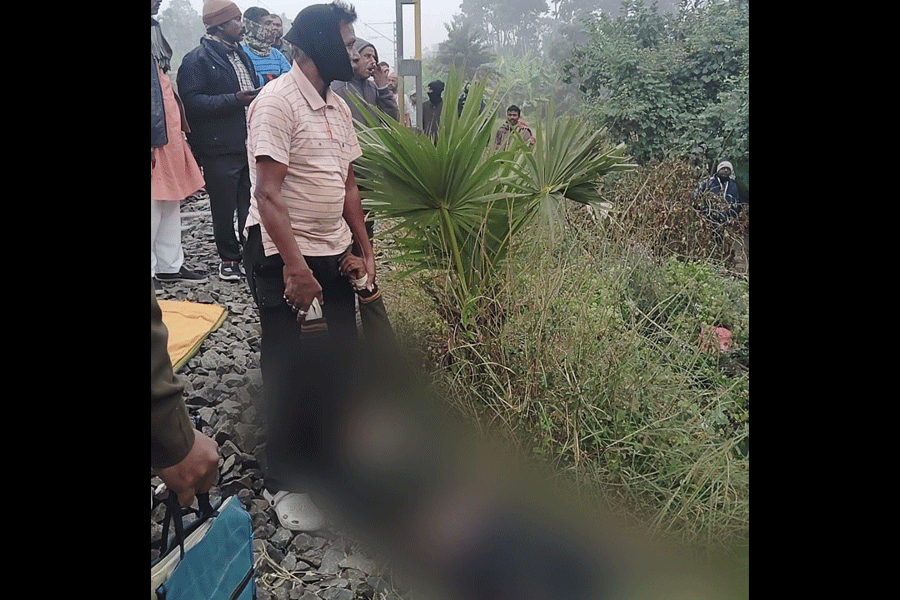 |
 |
 |
Seems like the good times are back. Several years ago, one remembers, Castrol used to sponsor a national rally championship. That was before the Federation of Motor Sports Clubs of India (FMSCI), Nazir Hoosein and MAI happened to each other. The entry list of a championship event actually had quite a number of teams as well as privateers of course. Apart from MRF Tyres and JK Tyres, there was the ITC-sponsored Scissors Action Team from Kerala, Team Kadur from Bidadi in Karnataka and Team Parel, also from Kerala.
Then, as everybody is aware, Indian motorsport split right down the centre into two colours ? the red and yellow of MRF and JK Tyres respectively ? and each went its own way, JK concentrating solely on circuit racing and karting while MRF continued with rallying. With Narain in F1, Karun Chandhok in Formula Asia V6 by Renault and Armaan in Formula Renault UK, as well as Akbar Ebrahim running a racing school in Coimbatore, Vikrampati Singhania and Sanjay Sharma have quite a few feathers in their JK cap. MRF too has been successfully running a team in the Asia-Pacific Rally Championship, and winning it too.
Since last year, the rally championship, which is known as the Indian National Rally Championship (INRC) currently, has been showing signs of coming back to life. Last year saw JK get back into rallying with Naren Kumar and Leelakrishnan joining hands with Leela’s arch rival Hari Singh to spearhead the JK assault on the championship. So is it back to the good old days of Team Parel and Scissors Action Team? Not exactly, because in those days, it was the good old Gypsy and the Esteem.
Today, rallying has moved on a bit. The INRC has many more categories. The top category, which is for 2000cc-engined cars, is unlikely to see a privateer unless he or she owns something on the scale of JCT Phagwara or Reliance Industries because of the huge expense involved in participating.
One step down is the 1600cc category, which features cars like the Suzuki Baleno and Ford Fiesta. While the Fiesta is an expensive car to go rallying in, the Baleno is cheap and can cost as little as under Rs 3 lakh for a clapped-out car.
Then there is the 1400cc class, which is crowded with Esteems. The cars to watch ? and what this article is really about ? are those competing in the Rally Star Cup and the Gypsy Cup. Both these categories are designed to make rallying easy on the pocket.
The Rally Star Cup is for carburetted Esteems running cheaper, with less sophisticated suspension systems than their fuel-injected brethren in the 1400cc category. But the Gypsy Cup is meant for getting anybody interested in rallying. The Gypsy is a proven workhorse and can take a lot of punishment, and a lot of people still have them. One recalls driving a Group N Gypsy in Secunderabad before the Charminar Challenge rally many years ago and it felt wonderful to pull 7000rpm in first and second gear with ease, the sound of the exhaust being the icing on the cake.
So what goes into preparing a car for a rally? A huge amount of work, enough to write a book on. Indeed, there are several books available on this subject. The following is just a taste of what is required. Safety is paramount in motorsport. Yes, it is a dangerous sport in which you could lose your life or limb, but there is no sense in inviting danger by not taking precautions.
So one of the first steps is to fit a roll cage of an officially approved design. This is done after the body has been strengthened. The whole process of building, yes building, a rally car begins with stripping the car down to the bare bones level. Everything comes off ? doors, boot-lid, seats and upholstery (which will be replaced anyway), wiring, engine ? everything. Then the welders go to work on the shell to strengthen it.
It’s a bit like the old days when a brand new Ambassador used to be taken by the buyer straight from the showroom to a garage to be stripped and spot-welded. The difference is that the Ambassador was being prepared for city roads while a rally vehicle is going to be punished mercilessly by the driver and the rally terrain. After the frame is ready, the roll cage goes in. It is a very strong framework of tubes, made of very high strength metal, inside which the driver and co-driver sit. If the car rolls, this framework will keep the drivers safe and believe me, I’ve seen it working to save lives.
After the shell is ready and the roll cage is in, the car is painted. Then the innards go back in. Often, a fire extinguishing system is also plumbed in too.
The degree of modifications to the engine depend upon the category the car is competing in. No modifications are allowed in a Gypsy Cup car as the emphasis is on offering a cheap rallying experience. But the engine is also stripped and reassembled, taking care to select the components that go in very carefully. For example, all the pistons and connecting rods will be selected so as to have the same weight, and that’s just the beginning.
After the car has been reassembled, and the engine and rally exhaust is in along with the suspension, the tyres plus all the other goodies like a tripmeter, it’s time to test the car thoroughly to iron out the bugs. Once the car is ready and you have got the essentials like a rally licence from MAI, helmets and safety devices, pick the rally you want and go for it. The 2006 INRC season has just begun. Best of luck and enjoy yourself! Who knows, if you are good, you may get noticed and picked up by a team.

